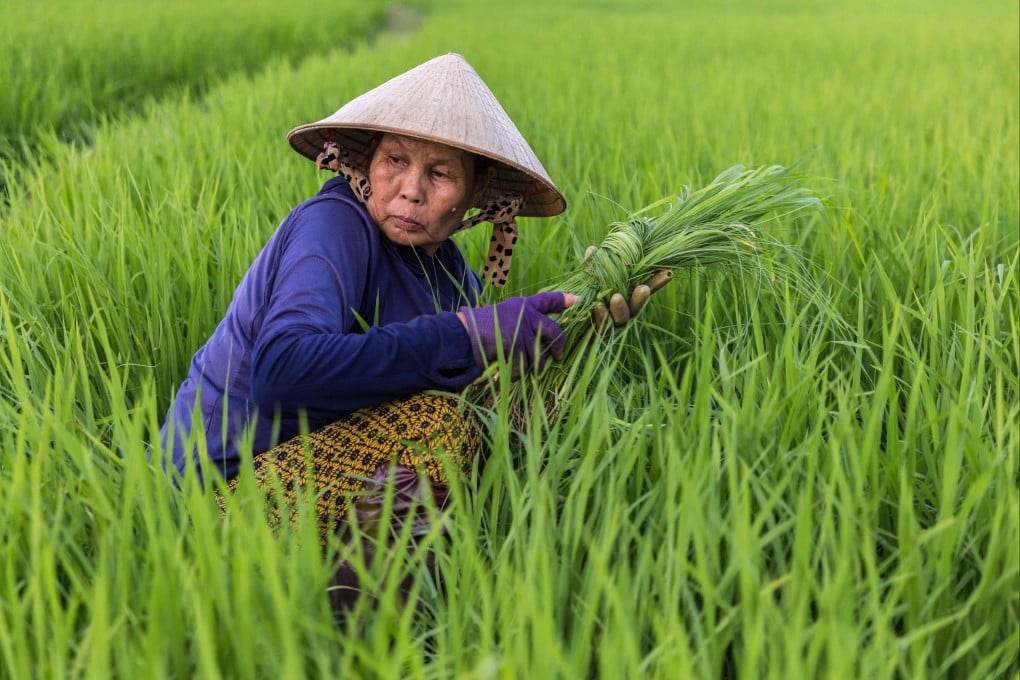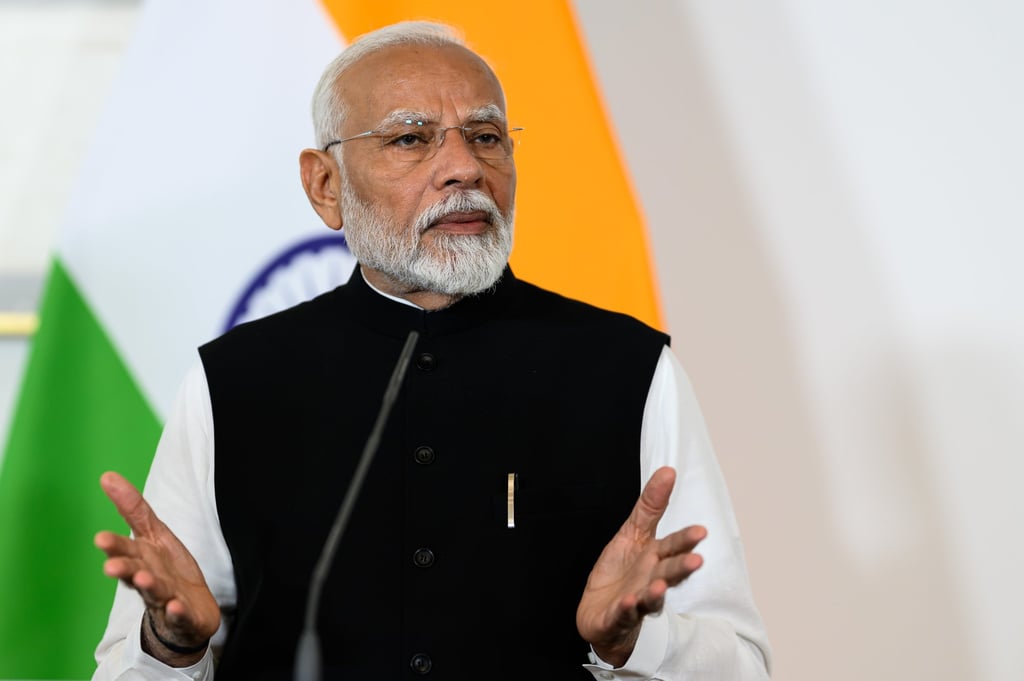Asian Angle | Southeast Asia and the Global South: rhetoric vs reality
- As China, India and others vie to be the Global South’s champion, Southeast Asia’s complexities challenge the one-size-fits-all narrative

The “Global South” has become a buzzword in international affairs, as developing nations demand a more equitable global order. But how well does this framing actually capture the complex realities of regions like Southeast Asia?
Yet the diversity within the Global South itself defies simplistic narratives. Southeast Asian nations, for instance, exhibit a range of development levels, security concerns, and economic ties that set them apart from a monolithic view of the “developing world”. While sharing some common challenges, these countries make foreign policy choices primarily based on their national interests rather than aligning wholly with Global South rhetoric.
This nuance is often lost amid the grand pronouncements of major powers. As they compete to lead and represent the Global South, they risk papering over the very heterogeneity that defines it. True solidarity requires understanding the Global South’s complexity, not subsuming it into convenient geopolitical categories.

Global South: what’s in a name?
What the term “Global South” entails and whether it merits any analytical or policy relevance remains contentious, given the diverse array of developing countries it encompasses. Its meanings are often appropriated by different countries to advance their own agendas, but it generally denotes the socio-economic divide between the industrialised “North” and the postcolonial developing “South”.

